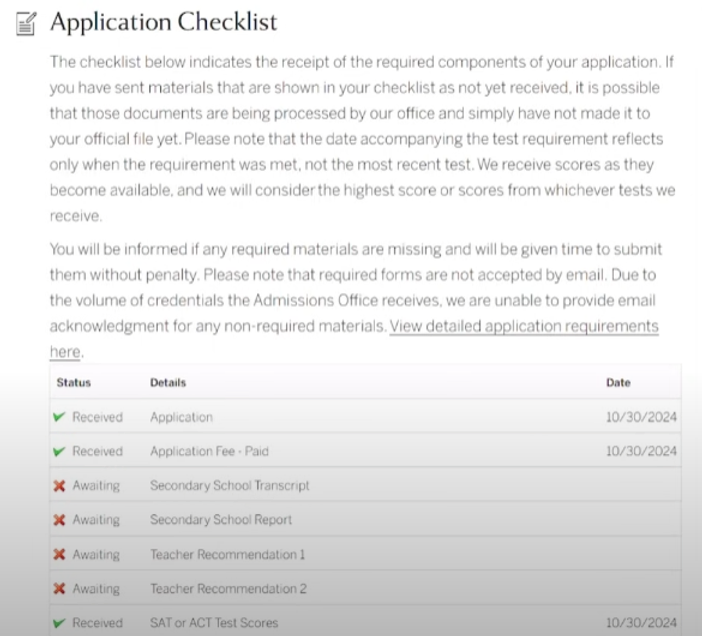
These five schools aren’t places to apply on a whim.
If you’re just starting your applications, here’s an overview of what happens when you apply Early to these schools and how their Early admission processes work:
- Harvard - REA (Restrictive Early Action)
- Yale - SCEA (Single Choice Early Action)
- Princeton - SCEA (Single Choice Early Action)
- Stanford - REA (Restrictive Early Action)
- MIT - EA (Early Action)
What Do These Terms Mean?

SCEA (Single Choice Early Action): Nonbinding
REA (Restrictive Early Action): Nonbinding
Both terms essentially mean the same thing. If you apply through these plans, you cannot apply to Private Early programs or binding options (like Early Decision, or ED). However, you can still apply to Nonbinding Early programs such as Public Early or Public Rolling admissions.
Example:
- If you apply to Stanford (REA), you cannot apply to MIT (EA) because MIT is a private institution.
- If you apply to MIT (EA), you can still apply to Public Early or Public Rolling admissions.
What Happens After Submitting Applications?
Harvard

Within 2–3 days, you’ll receive an email confirming your application and providing login details for Harvard’s portal. This portal is where additional materials not included in your Common App or Coalition App may be requested.


When you log in:
- Confirm your application details and admission cycle.
- Check the list of required materials (e.g., Application Fee, School Transcript, Recommendation Letters, Standardized Test Scores) and ensure all items are marked as complete.
Optional Materials You Can Upload:
- Scholarly Articles
- Research Papers or Presentations
- Creative Writing Samples
- Personal Updates or Application Edits
- Unofficial Transcripts
- Military Veteran Documents
For research submissions: Include a cover sheet explaining the motivation behind the research, the primary author (if not you), and your supervisor’s name.
Tip: If research materials are requested, submit them! Even with a strong GPA, they can boost your application.
Yale


Yale follows a similar process:
- You’ll receive a portal email within 2–3 days.
- Log in, review the checklist, and address any incomplete items.
Yale warns against uploading:

- Financial aid documents
- General staff inquiries
Updates can include awards, changes in senior-year courses, or significant life events (e.g., switching from Early to Regular Decision).
Accepted Supplementary Materials:
- Arts or STEM certificates
- International exam results
Princeton

Princeton’s process aligns with Harvard and Yale:
- You’ll receive a portal email with login details.
- Check your application materials and submit any missing documents.

Unique Requirement: Princeton asks for graded written papers (e.g., essays graded by a teacher). This allows them to compare your Common App essay with authentic schoolwork. Consistency between these writings is essential to avoid raising concerns.
Other Optional Submissions:
- Research Abstracts
- Resumes
- Certificates of Achievement
Stanford

Stanford’s process is similar:
- Look out for a portal email.
- Log in, review the checklist, and upload updates (e.g., research, awards, or essays).
MIT

MIT uses its own application platform. After submitting your application:
- Expect a portal email.
- Be patient, as MIT may delay updates on checklist items due to the high volume of applicants.
Conclusion
Submitting an Early application is just the beginning. Be proactive about uploading updates and supplementary materials through the school portals to strengthen your application.
This is why participating in research projects and writing competitions can be so valuable—they provide impressive materials to share with admissions committees.
We’ve covered what happens after submitting Early applications to HYPSM universities. If you have questions, feel free to contact A-One Institute.
Thank you!
HYPSM
EA
ED
